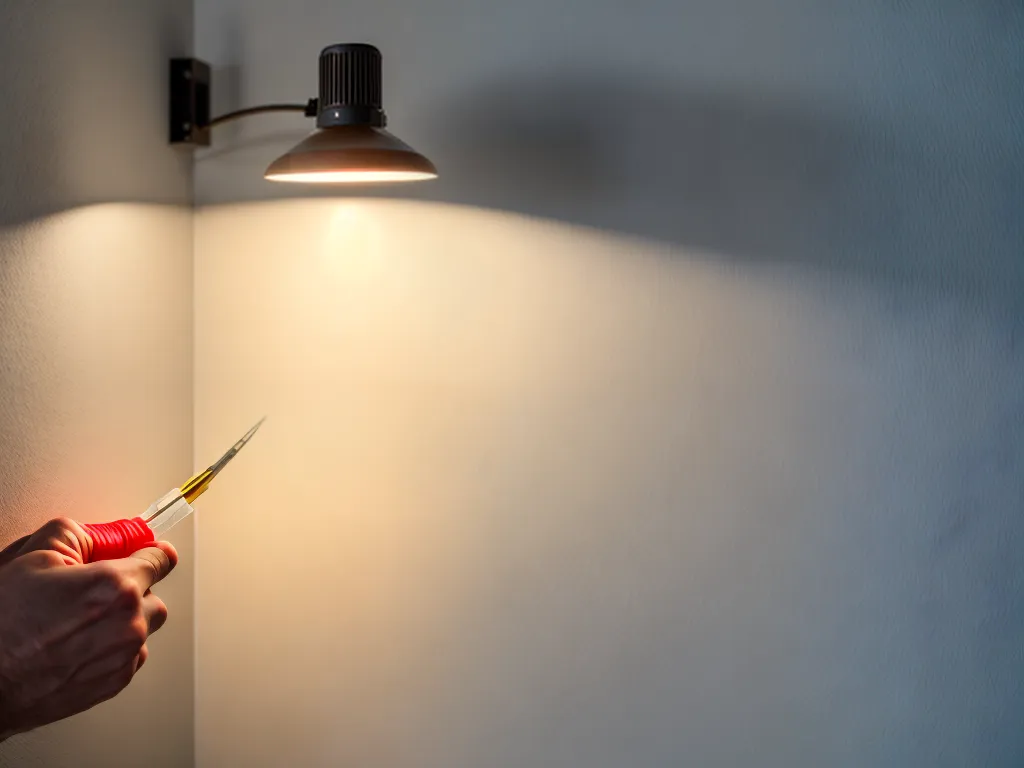
How to Save Money by Installing Low-Voltage Lighting Yourself
Installing low-voltage lighting in your home can help you save money on your electricity bill while also providing beautiful, customizable lighting. Here is a step-by-step guide on how to install low-voltage lighting yourself.
Benefits of Low-Voltage Lighting
Low-voltage lighting has many advantages over standard 120-volt systems:
-
Energy efficiency - Low-voltage lights consume less electricity, reducing your energy bills. They use a 12V or 24V transformer which converts 120V to lower voltage.
-
Safety - The lower voltage makes low-voltage lighting much safer to install yourself compared to 120V systems.
-
Control - Low-voltage systems provide more control over lighting. You can install dimmers, timers, and motion sensors.
-
Customization - With low-voltage lighting, you can place lights exactly where you want them and achieve unique effects.
-
Cost - Low-voltage lighting is more affordable. The components are cheaper than rewiring your home for 120V fixtures.
How Low-Voltage Lighting Works
Low-voltage lighting consists of three main components:
-
Transformer - This converts the 120V current from your home to 12V or 24V.
-
Low-voltage wires - These special wires connect your lights to the transformer. They are thin, flexible, and easy to run.
-
Low-voltage fixtures - The lights, spotlights, rail lights, etc. They use G4, GU5.3, or other low-voltage bulbs.
The transformer plugs into a standard 120V outlet. Low-voltage wires run from the transformer to your lighting fixtures. The fixtures take the 12V or 24V current and light the bulbs.
Safety Tips
- Turn off the power at the circuit breaker before starting.
- Follow all electrical safety practices - no frayed wires, proper connections, etc.
- Use copper low-voltage wiring, not aluminum.
- Don't overload the transformer. Check its wattage rating.
- Use wire clips and cable ties to secure the low-voltage wires.
Steps for Installing Low-Voltage Lighting
1. Choose Transformer Location
Pick a central, accessible location near an outlet like a basement or closet. The transformer can get warm so allow air circulation.
2. Determine Fixture Locations
Decide where you want light fixtures, spotlights, and other lights. Have a plan before running wires.
3. Run Low-Voltage Wires
Run 16 or 18 gauge low-voltage wire from transformer to light locations. Use wire clips to attach wires to surfaces.
4. Install Lighting Fixtures
Connect wires to fixtures. Attach fixtures per included directions. Ensure connections are secure.
5. Connect Transformer
Connect low-voltage wires to transformer ports. Plug transformer into outlet and test lights.
6. Conceal Wires
Use cable ties and wire clips to neatly run and conceal low-voltage wire out of sight.
7. Install Dimmer or Timer (Optional)
To control lighting, install a low-voltage dimmer, timer, or motion sensor. Follow manufacturer directions.
Tips for Your Low-Voltage Lighting Project
- For outdoor lighting, use outdoor-rated low-voltage wire and fixtures. Bury wire underground.
- Label wires with masking tape for easy identification.
- For rail lighting, ensure rails are properly anchored and level.
- Plan where your transformer, dimmers, and switches will go.
- Follow all building codes and obtain permits if required.
- Consider hiring an electrician if you are uncomfortable doing electrical work.
Installing low-voltage lighting is an easy DIY project that can upgrade your home's lighting for less. Follow proper safety procedures and take your time running the wires. The result will be beautiful, customized lighting that saves you money for years to come.